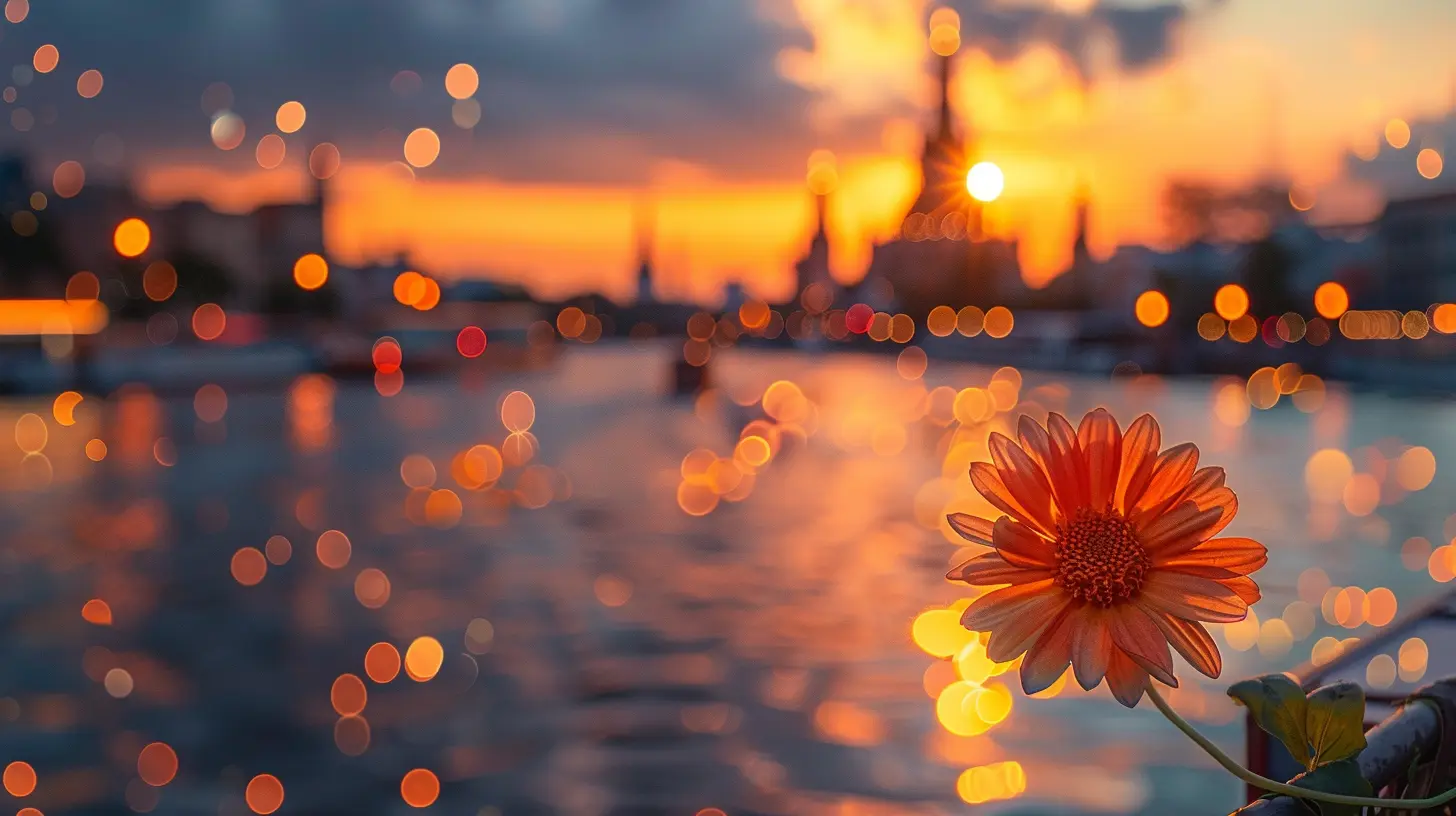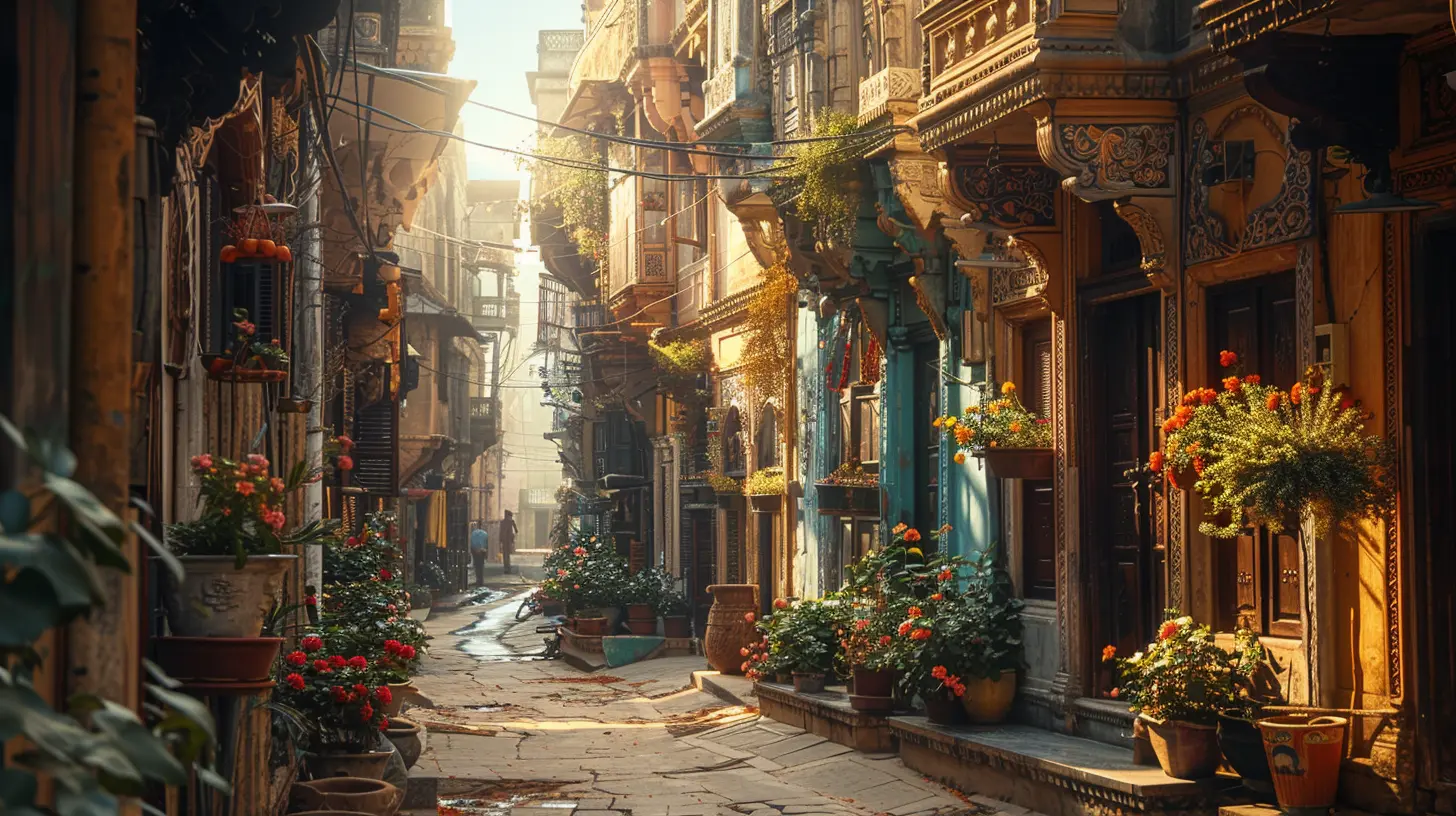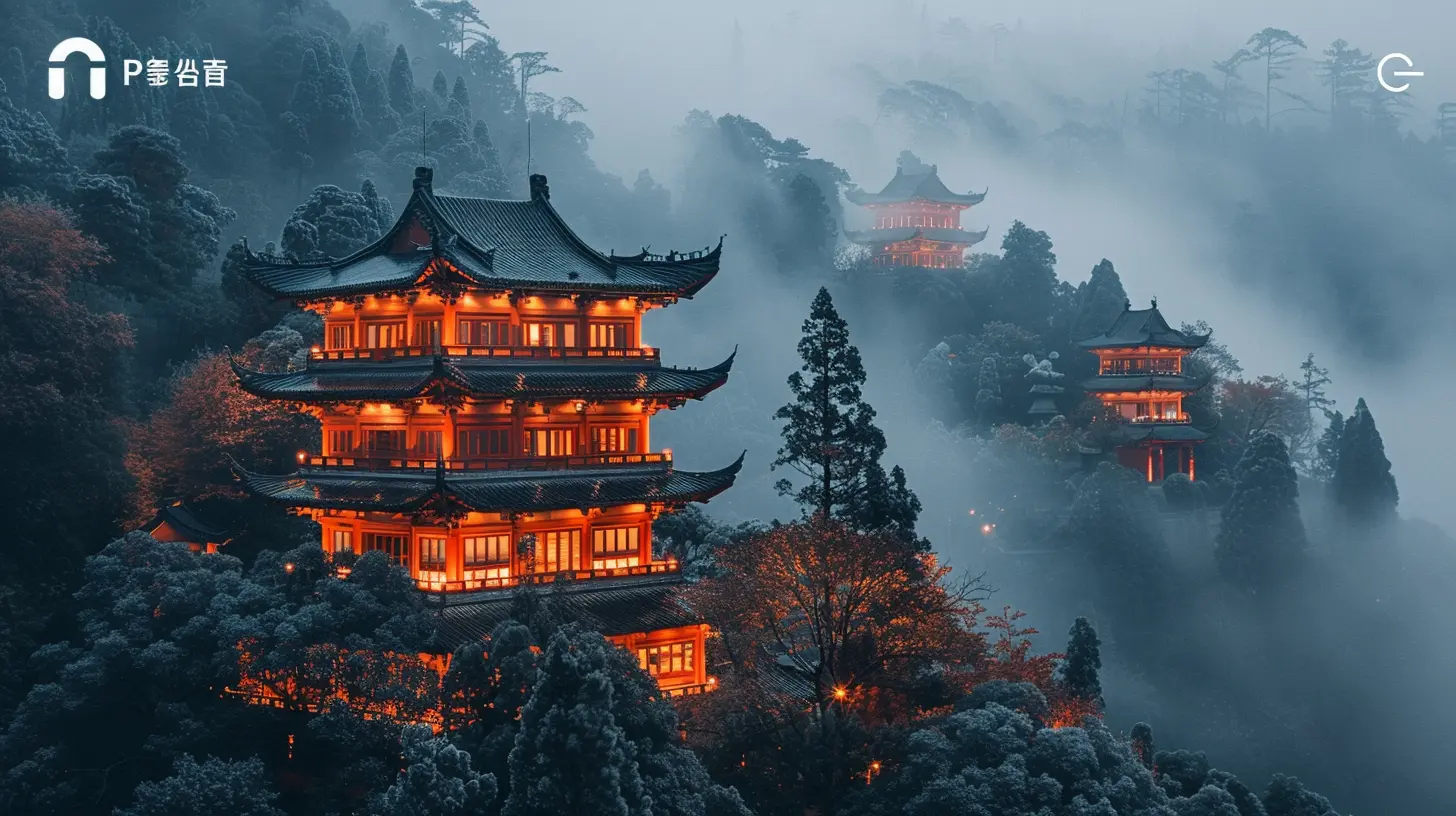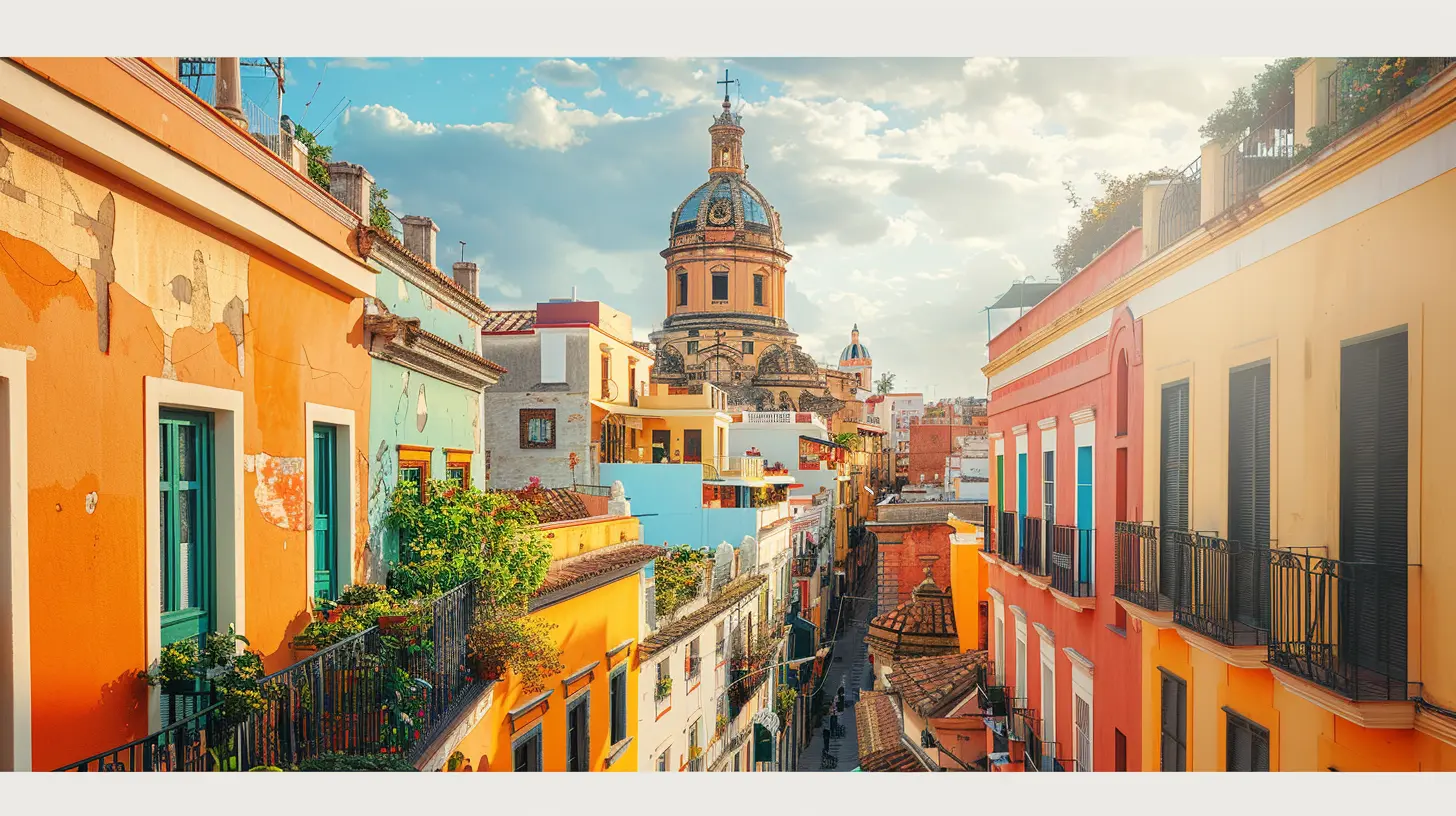Beyond the Postcard: Understanding a City’s Cultural History
20 August 2025
Let’s be honest—most of us are guilty of falling in love with a city through its postcards. You see the glossy photo of the Eiffel Tower bathed in twilight or the New York skyline aglow with city lights, and suddenly you're planning your next adventure. But the reality? Cities are more than just stunning skylines and famous landmarks. They're living, breathing reflections of the people who’ve called them home for centuries.
If you've ever returned from a trip feeling like you barely scratched the surface, you're not alone. That’s the problem with scratching only the surface. To truly understand a city, you’ve got to look beyond the postcard-perfect moments. You've got to dig into its cultural history—and trust me, that’s where the real magic lives.

Why Cultural History Matters More Than Picture-Perfect Views
Sure, iconic landmarks are great. You visit Rome, and of course, you want that perfect selfie with the Colosseum. But what about the stories behind the stones? Why was it built? Who walked those corridors hundreds of years ago? What does it say about the people back then and how they lived?Understanding a city’s cultural history is like peeling back layers of time. It's the difference between reading a tweet and diving into a novel. It’s richer, deeper, and way more fulfilling.
Not only does this approach make your travels more meaningful, but it also lets you connect with a place on a human level. And isn’t that what travel’s really about?

The Trouble With Glorifying Surface-Level Tourism
Let’s face it—modern tourism often feels a bit... rushed. You google "top 10 things to do" and then race through them, camera in hand, trying to cram as much into your itinerary as possible. And sure, you’ll have the photos to prove you were there—but will you really know what life is like in that city?This kind of tourism isn't just unfulfilling—it can also be tone-deaf. When we reduce cities to checklists, we risk ignoring their deeper stories, especially the uncomfortable or complex parts of their past. And that’s where a lot of cultural richness lives.

Decoding a City’s Stories Through Its Neighborhoods
One of the easiest ways to tap into a city’s cultural history? Get lost in its neighborhoods. Not the ones polished for tourists, but the ones where real life happens—where people work, argue, celebrate, and mourn.Take Istanbul, for example. You’ve seen the Hagia Sophia in every travel blog. But walk through Balat, a district steeped in Jewish, Armenian, and Greek history, and you’ll see centuries of cohabitation, conflict, and resilience written into the cobblestone streets and colorfully aged buildings.
Every neighborhood tells a story—and often, these stories are way more compelling than the monuments.

Museums Aren’t Boring—You’re Just Visiting the Wrong Ones
Okay, hear me out. I know what you're thinking: museums are dry, crowded, and honestly, kind of exhausting. But that’s only if you’re hitting the big ones on a tight schedule. The trick? Go small and niche.Every city has those tucked-away museums that focus on specific cultural threads. Think: immigrant histories, industrial roots, local art movements, underground resistance during wartime. These kinds of places dive into the lived experience that doesn't always make it into the mainstream.
In Berlin, beyond the Berlin Wall and Checkpoint Charlie, there’s the Jewish Museum and the Stasi Museum—where the haunting whispers of surveillance and persecution leave more of an impact than any guided city tour ever could.
Food: The Tastiest History Lesson You’ll Ever Get
If you’re really trying to connect with a place, skip the chain restaurants and head to the local dive. Food isn’t just about taste—it's about tradition, migration, survival, and celebration.In cities like New Orleans, one bowl of gumbo tells you more about the city’s melting pot of French, African, and Spanish cultures than any textbook. In Mexico City, that street taco isn’t just delicious—it’s the product of centuries of pre-Hispanic cooking fused with colonial influences and modern twists.
Sit down, ask the vendor where the recipe comes from, and let the stories flow. You'll be amazed at what you find out.
Oral Histories: The Voices You May Never Hear From
Most cultural history isn’t found in guidebooks—it’s in people’s stories. Grandparents, refugees, artists, activists… these are the folks who’ve shaped the city in quiet, powerful ways.When you take the time to talk to locals—not just bartenders and hotel clerks—you tap into a raw truth that no curated museum or historical plaque can give you. It’s messy, emotional, and sometimes contradictory. But that’s real culture.
Want to go next level? Book a walking tour with a local historian or community advocate. Many cities offer perspectives you won't find in mainstream tours—like Black history tours in London, or LGBTQ+ history walks in San Francisco. These are golden opportunities to hear the voices often left out of the mainstream narrative.
Architecture: A City's Diary Written in Stone
If you really want to get poetic (and why not?), think of a city’s architecture as its diary. Every building, from the oldest church to the newest skyscraper, tells you a little something about the era it was built in—and what the people cared about at the time.Is the city full of colonial buildings? That says a lot—both beautiful and painful—about its history. Are the buildings colorful or stark? Do they have balconies, courtyards, domes? You’d be surprised at how much you can start to “read” your surroundings when you start thinking this way.
Paris, for instance, didn’t always look like the postcard it is today. The wide boulevards and uniform façades were part of a 19th-century facelift under Baron Haussmann—meant to beautify the city but also make it easier to control uprisings.
Fascinating, right?
Festivals and Rituals: Living Pieces of the Past
Events, festivals, and rituals are like time machines. They're often rooted in traditions that go back centuries and offer real-time access to what still matters to a community.Attending a Japanese tea ceremony? That’s cultural history.
Watching a Día de los Muertos parade in Oaxaca? That’s cultural history.
Joining the Holi festival in India? You guessed it—cultural history.
These aren’t just fun, colorful events—they’re living expressions of a culture's soul, passed down and adapted through generations.
Colonial Shadows and Complex Pasts
Here’s the thing—sometimes what you uncover isn’t all rosy. A city’s cultural history can have uncomfortable parts. Colonization, segregation, gentrification, war—these are all realities that have shaped cities around the world.Ignoring them doesn’t make your visit more "authentic"—if anything, it makes it less so. Real cultural understanding calls for acknowledging the hard stuff, too. It's like any relationship: if you're only in it for the good times, you're not really in it.
How to Travel With Cultural Awareness
So, how do you move from tourist to temporary citizen? Start small. Ask questions. Be curious, but humble. Don't assume. Listen more than you talk. Avoid stereotypes like the plague.Here are a few practical tips:
- Read before you go. Not just travel blogs—look for novels, documentaries, podcasts by local voices.
- Ditch the tourist traps sometimes. Visit the community centers, the local libraries, the gathering spots.
- Try public transport. It's not just cheaper—it’s how locals live. You’ll see and hear so much more.
- Support local businesses. Your money can help preserve cultural spaces that matter.
- Keep an open mind. The past isn’t always what we expect—but that’s what makes learning it so powerful.
Bringing It All Back Home
Here’s the wild part: once you start traveling this way, you’ll notice something unexpected—it changes how you see your own city. You'll start spotting the cultural layers in your backyard. You'll hear the echoes of history in local dialects, food, and traditions you might have taken for granted.Understanding a city’s cultural history doesn’t just make you a better traveler—it makes you a more thoughtful human being.
And isn’t that the ultimate souvenir?
all images in this post were generated using AI tools
Category:
Cultural ExperiencesAuthor:

Winona Newman
Discussion
rate this article
2 comments
Phoenix Nelson
This article beautifully captures the essence of exploring a city's cultural history beyond its touristy facade. It’s a reminder that every landmark has a story, and understanding these narratives deepens our connection to the place. A must-read for travelers seeking a more authentic experience!
November 12, 2025 at 5:17 PM

Winona Newman
Thank you for your thoughtful comment! I’m glad you enjoyed the article and appreciate the importance of uncovering a city's true stories. Happy travels!
Heath McLaurin
Great insights! Understanding cultural history truly enriches the travel experience. Thank you for sharing!
August 20, 2025 at 3:56 PM

Winona Newman
Thank you! I'm glad you found the insights valuable. Cultural history truly adds depth to our travel experiences!


